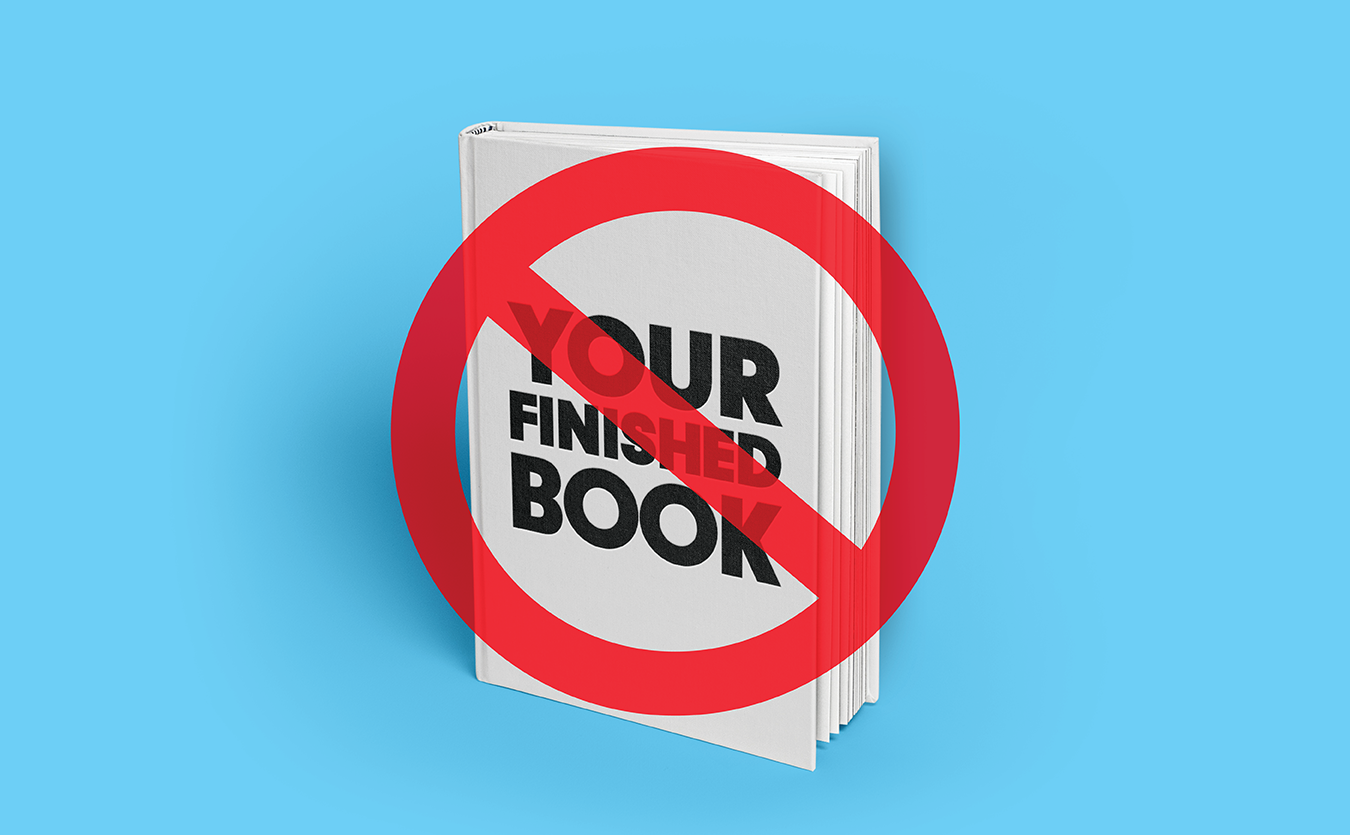Design 911: HELP! My Illustrator Illustrated the Wrong Book
Illustrated by Dionna L. Hayden
Over the 13+ years I have been a professional graphic artist, I’ve come across many success stories that I aspire to, and also stumbled across many cautionary stories of what NOT to do. Often, I study many of the bad ones, not because seeing another’s epic fail is fun, but they help me know how and why projects fail, and how to prevent repeat offenses. Also, I want to be the kind of creative that shares the wealth of information and equip others in the best practices possible, so we creatives and clients can avoid the many (ironically, very avoidable) mistakes that are constantly plaguing our industry; mistakes that cost us our money, energy, and irreplaceable time.
Today’s story comes from a potential client I recently consulted with for a children’s book project, let’s just call her “Karen”. Karen owns and runs a community organization that benefits inner city youth here in Milwaukee. She previously decided to work with an illustrator, “Stacey”, to create her very first children’s book for the very children she serves. Karen put her faith in Stacey to put together something great; instead, she ended up with a book that was completely unusable!
Why?! The characters and feel of the illustrations did NOT reflect Karen’s vision or visually communicate to Karen’s audience; everything reflected Stacey the illustrator’s vision. This unfortunate faux pas caused Karen to nix the book until she is able to recoup a new budget for a complete redo with an artist that she can trust.
The Problem:
There was no solid plan/ onboarding process for both client and creative to follow.
The Solution:
All creatives should have a creative process to navigate through a job successfully. The purpose is to have quality checkpoints that will help keep the lines of communication open and the job running smoothly, even if or when things get a little bumpy. Think of how surgeons have many steps that must be honored for a successful surgery; if a corner gets cut or neglected, the results can be catastrophic. Thankfully, in our profession, no one dies, but deadlines and budgets do suffer. So, before going all in on a project with a creative, knowing their process is very helpful to know what to generally expect and address questions or concerns you may have. Note: if a creative does not have a process, it may be wise to look elsewhere.
Some safeguards to avoid costly surprises include:
Researching Talent - Checking out artists' portfolios and artistic style helps you know if their skillset is what flows with your project. This is also a good time to check out their reputation and work ethics, like if they are dependable, timely, and good communicators.
Contract Construction - This is the sealing of the deal to keep both parties in line with what’s agreed upon. Each party should keep a copy for their records and use as needed to clear up any confusion or resolve any conflicts that may arise during the project.
Creative Brief Creation - Creative briefs are documents that focus on the overall vision of the project. The brief should point out key factors like (but not limited to) look and feel, the purpose, the audience it should be created for, deliverables, etc.
Mood Board/ Story Board Presentation - A mood board shows how the project should "visually feel”, and a storyboard is the actual book roughly sketched out. This should be provided by the artist to give their client an idea of the direction before any of the heavy lifting of actual illustration process takes place.
Project Checkpoints - Long term projects like book illustration can take months, months that can easily allow communication and accountability to fall by the wayside; so breaking the project proofing process down to bite-size pieces can help client and creative make sure the project is remaining on track according to the aforementioned creative brief. The last thing anyone wants is dead communication on anything they've spent their valuable time and resources on.
Today, these are some of the best times to be an author with the new and accessible freedoms of self-publishing; having the right vision fulfilled to the right audience is extremely important! Designer Frank Chimero said it best, “People ignore design that ignores people.”; people DO judge books by it’s covers AND the content inside of them. The art/design element is a matter of being sold or proverbially sitting on the shelf. As a children’s book author and illustrator, I know first hand how important it is to get the vision right and produce a quality product. So, my key advice above all is Take. Your. Time. and respect the process by doing the work it takes to get your optimal results. Rushed decisions run us all the heightened risk of more design horror stories---Just don’t do it! It’s far better to push back deadlines if possible to take the time to further research, ask the right questions, and finalize important details, than to risk it all and come up short. In addition, invest in an professional creative that is just as thorough and patient in their approach to the process. Trust me, seeing your finished project done right and ready for release is well worth it!
Do you have a design disaster to contribute? Tell me your story by commenting on this post or email me at info@thinkpegd.com. Also, share and repost this to your friends, family and colleagues to help combat bad design and make the creative world a better place :)
Until next time,
#HappyCreativeHunting

|
Did I miss anything? Feel free to comment and share to get the conversation going. Think we may be a good fit to work together? Feel free to check out some of my work and hit up the contact page for more options. |
